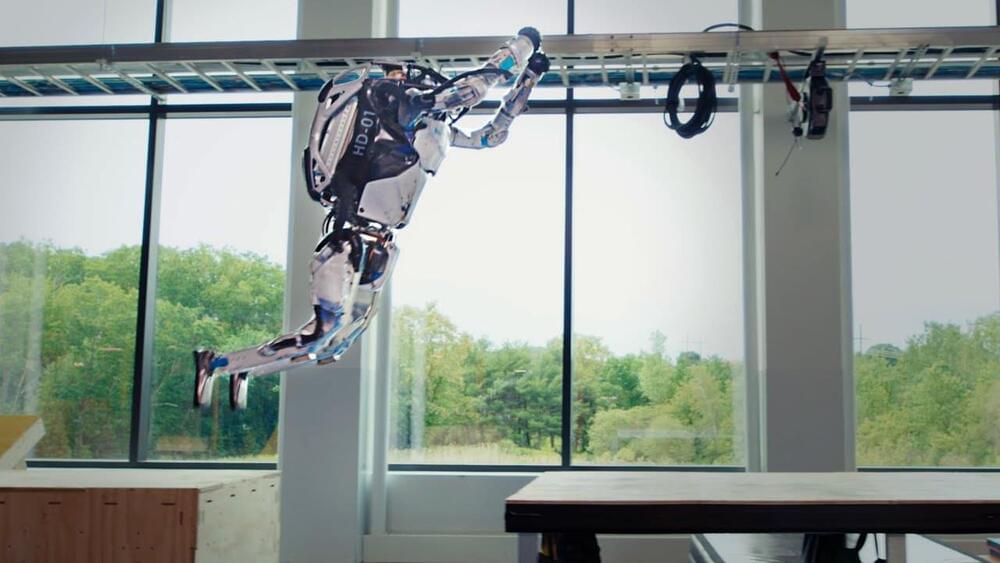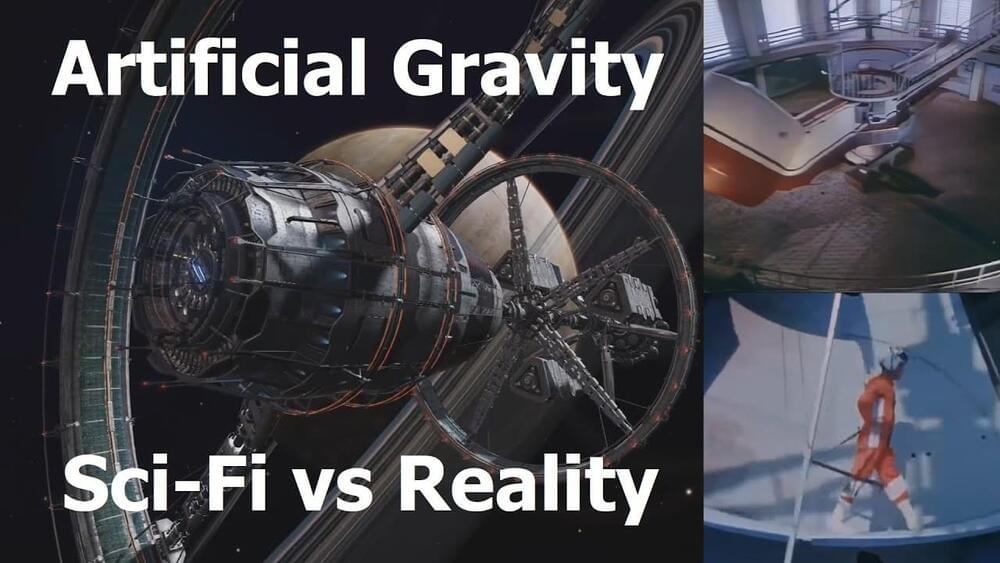Aug 17, 2021
Electric cars and batteries: how will the world produce enough?
Posted by Derick Lee in categories: chemistry, government, sustainability, transportation
Battery-and carmakers are already spending billions of dollars on reducing the costs of manufacturing and recycling electric-vehicle (EV) batteries — spurred in part by government incentives and the expectation of forthcoming regulations. National research funders have also founded centres to study better ways to make and recycle batteries. Because it is still less expensive, in most instances, to mine metals than to recycle them, a key goal is to develop processes to recover valuable metals cheaply enough to compete with freshly mined ones. “The biggest talker is money,” says Jeffrey Spangenberger, a chemical engineer at Argonne National Laboratory in Lemont, Illinois, who manages a US federally funded lithium-ion battery-recycling initiative, called ReCell.
Reducing the use of scarce metals — and recycling them — will be key to the world’s transition to electric vehicles.


















